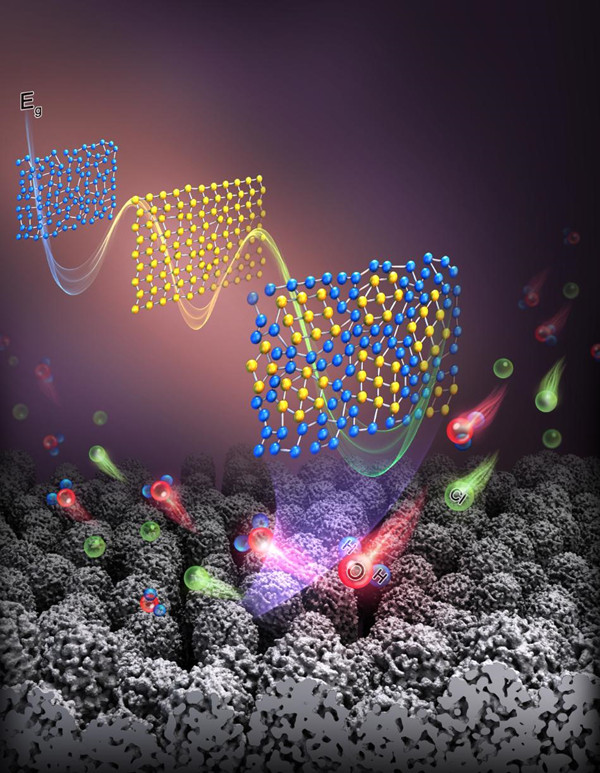Superhydrophobic breakthrough opens new paths for industrial applications

The breakthrough made in superhydrophobic surface research promises durable metal coatings. [Photo/Jilin Daily]
The Changchun Institute of Optics, Fine Mechanics, and Physics, part of the Chinese Academy of Sciences, has announced a new advancement in superhydrophobic surface technology. This technology enables long-lasting hydrophobic properties on metal surfaces under harsh conditions. On Nov 6, the research team shared its progress in creating a durable, coating-free superhydrophobic surface using femtosecond laser technology.
This advancement addresses a major issue in superhydrophobic metal surfaces –reduced chemical durability in corrosive environments – which impacts their use in self-cleaning, anti-corrosion, and anti-icing applications. The team, led by Yang Jianjun, combined femtosecond laser element doping micro-nano structures (FLEM) with repeated low-temperature annealing (RLA) to form a bionic anthill-like structure (BAT) on aluminum alloy. This unique structure stabilizes superhydrophobic properties and can withstand extreme environmental stressors.
In collaboration with the Shenyang Institute of Metal Research, theoretical models confirmed that sub-crystalline phases on the metal surface enhance stability and reduce surface energy, which is essential for long-term durability. Experimental results showed the surface maintained strong superhydrophobic properties even after 2,000 hours in corrosive saltwater and exposure to acidic and basic solutions, UV radiation, and freeze-thaw cycles.
This breakthrough opens new pathways for superhydrophobic applications and atomic-scale surface design, potentially revolutionizing durable coatings for industrial and environmental use.
